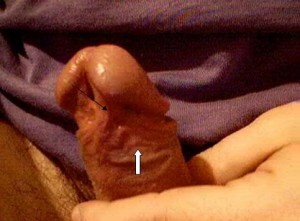How Often Does Hypospadias Happen?
Studies done recently at the Center for Disease Control in the United States and research in other western countries suggest between 1 in 125 and 1 in 300 male babies have hypospadias, so it is quite common. In fact, this places it alongside cleft lip and palate as the leading birth defect in boys.
This issue occurs most often in white males, less frequently in black males and even less often in Hispanic males. It seems to be getting more common, though: for example, a 1993 study in the United States suggested that hypospadias was twice as common as it was in 1968.
If a male family member has hypospadias, there is an increased risk that his male children will also be born with it.
How Many Types Are There?
Hypospadias is classified in a variety of ways. The most simple is a classification as mild, moderate and severe, which can also be called first, second and third degrees of severity. This classification system is based on the location of the external opening for urine and semen (the urethral meatus).
In mild or first degree hypospadias, the opening is on the underside of the head of the penis or where the head and the shaft meet. This accounts for about 80% of cases.
Moderate or second degree hypospadias (15%) occurs when the hole is actually on the shaft of the penis, somewhere between the junction of head and shaft, and the lower part of the shaft. Severe or third degree hypospadias occurs when the hole is located on the lower part of the shaft just in front of the testicles or is located behind the testicles, between them and the anus.
In a few cases (6%), the hole may be quite large, and near the end of the penis (which may have a complete foreskin). This is called megameatus.
Coronal Hypospadias
Note large opening (urethral meatus) on the underside of the glans, the head of the penis, in a cleft between the two lobes. This is the mildest form of hypospadias. In this case, the foreskin is complete and is attached on one side of the shaft, where marked, to the left lobe of the head of the penis. Often the foreskin assumes a hooded appearance, covering only part of the glans.
Some men with hypospadias have a penis which is smaller than average either when flaccid or when erect, or both. In one piece of research, over half of a group of adolescent boys with hypospadias were found to have a penis much smaller than average.

